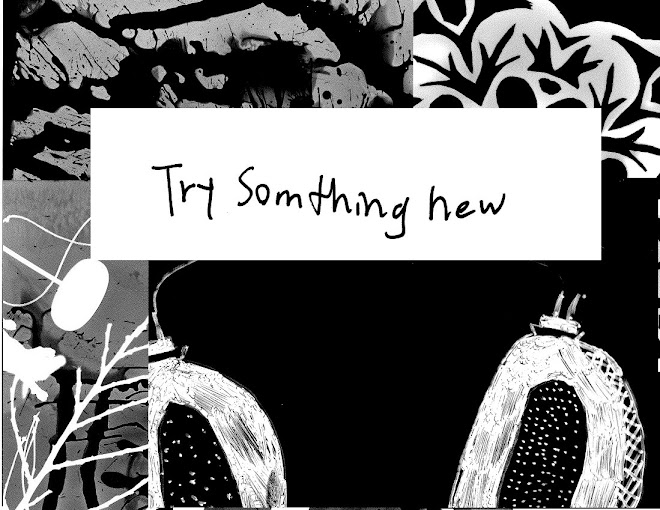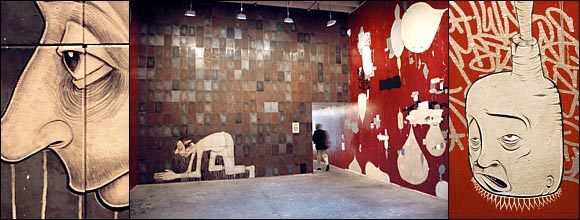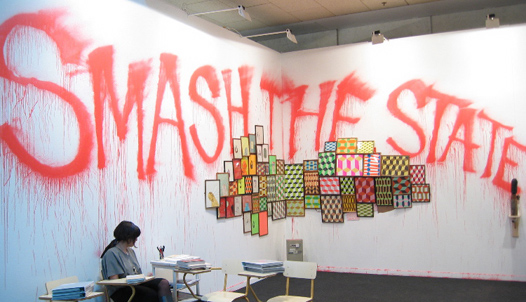In the time of slavery, African American slaves were often unable to create art because they were so overworked and abused, and also because they had no access to supplies. When slaves were freed, much of the art they created was highly influenced by the traditions and symbolism of their homeland. From this time period, we see art that combines materials and American symbols with West African methods and symbols - a truly "African" and "American" art.
One such artist was Harriet Powers. She was born into slavery in Athens, Georgia. After she was freed, she began to create quilts. These quilts were not the kind you place on a bed - they were more like fabric canvasses. In her quilts, she would create several sections, each section telling a different story. One of the two remaining works by Harriet Powers is her Pictorial Quilt from 1895.


Harriet Powers chose different scenes that had to do with her own heritage, religion, and the interesting events that she felt were part of her history and her identity. She used applique, which is a sewing process where one sews objects and shapes on top of the fabric, instead of sewing all the tiny pieces of fabric together. This is a process that was very popular in the West African groups of the Yoruba and the Fon, and so Harriet Powers was combining her African heritage with her American experience.























































